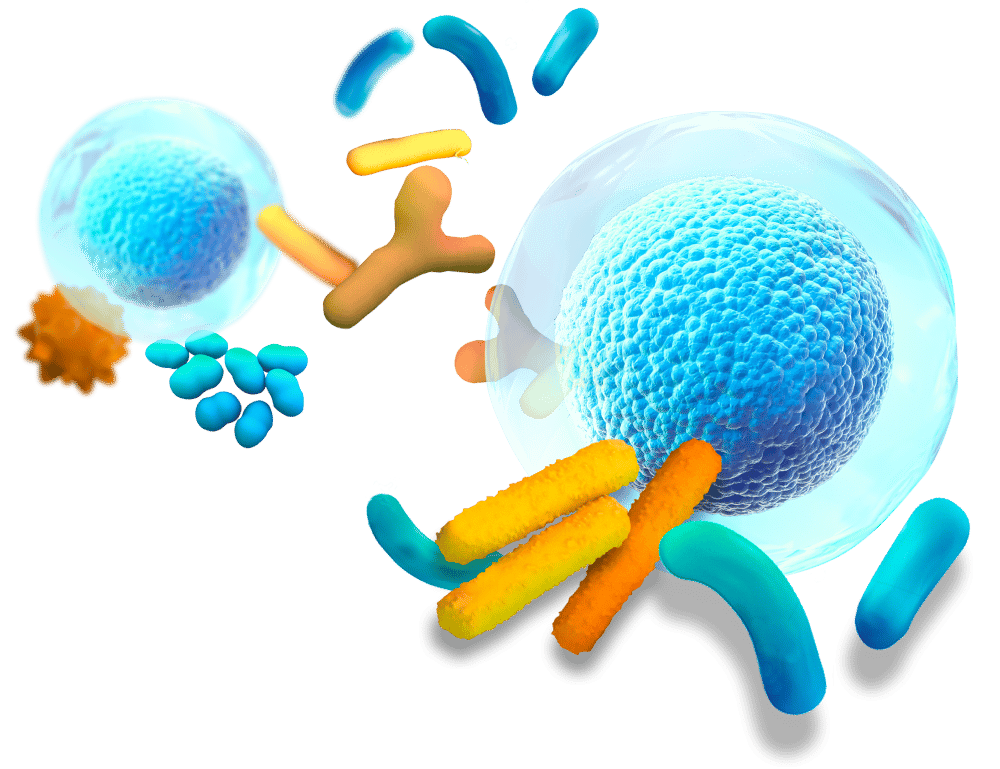A natural solution for global health challenges
Obesity and related metabolic disorders, such as type 2 diabetes and cardiovascular diseases, represent a growing global health crisis. Despite advances in medicine and public health policies, the incidence of these conditions continues to rise. Nutritional interventions and natural bioactive compounds have emerged as promising avenues for addressing these issues.
Among them, Camu Camu extract, derived from the Myrciaria dubia fruit native to the Amazon rainforest, has drawn increasing attention for its exceptional nutritional profile and potential therapeutic benefits. Known for its high vitamin C content and rich polyphenolic compounds, Camu extract has shown antioxidant, anti-inflammatory, and metabolic-regulating properties in previous studies.
While the theoretical health benefits of Camu Camu are widely acknowledged, there remains a lack of robust scientific evidence to support its efficacy in addressing obesity and metabolic dysfunctions in a controlled experimental setting. To bridge this gap, Enterosys conducted a comprehensive preclinical study.
Our goal was to understand how Camu Camu extract impacts obesity, glucose metabolism, and gut microbiota composition in an obesity-induced mouse model.
Enterosys’ expertise in preclinical testing
The study is realized with obesity-induced mouse model using a high-fat diet (HFD) to replicate metabolic disorders commonly seen in humans. Two different doses of Camu Camu extract—62.5 mg/kg/day and 200 mg/kg/day—were administered daily through oral gavage for five consecutive weeks. This experimental design allowed researchers to compare the metabolic outcomes of low and high doses of Camu extract in a controlled environment.
Throughout the study, multiple metabolic parameters were monitored, including body weight, fat mass gain, glucose metabolism, and liver health. Oral Glucose Tolerance Tests (OGTT) were performed to evaluate glucose metabolism, while lipid profiles and gene expression markers for inflammation and metabolic regulation were analyzed in both liver and adipose tissues. Furthermore, the abundance of Akkermansia muciniphila—a gut bacterium known for its positive effects on metabolic health—was quantified using advanced molecular biology techniques, including quantitative PCR.
This robust methodology, combined with Enterosys’ deep expertise in gut-organ interactions, provided a comprehensive overview of how Camu Camu extract influences obesity and metabolic dysfunctions.
Promising outcomes of Camu Camu extract in obesity management
The results of the study demonstrated clear and dose-dependent effects of Camu Camu extract on obesity and metabolic health.
- At the higher dose of 200 mg/kg/day, the extract significantly prevented body weight gain and reduced fat mass accumulation in mice fed a high-fat diet. These findings were further supported by a reduction in liver triglycerides and cholesterol content, indicating the protective effects of Camu extract against hepatic steatosis, a common condition associated with obesity and metabolic syndrome.
- At the lower dose of 62.5 mg/kg/day, Camu Camu extract exhibited meaningful metabolic benefits. This dose was particularly effective in reducing plasma non-HDL cholesterol and free fatty acid levels, two key markers of lipid metabolism. Additionally, the lower dose significantly increased the abundance of Akkermansia muciniphila in the gut microbiota, a bacterium known for its beneficial effects on glucose metabolism and inflammation control.
One of the most intriguing findings was the observation that the higher dose of Camu Camu extract produced metabolic benefits independent of Akkermansia muciniphila abundance. While the lower dose was associated with a rise in this beneficial bacterium, the higher dose’s effects on glucose metabolism and fat mass reduction appeared to operate through additional biological pathways. This suggests that the health benefits of Camu Camu are mediated through multiple, possibly interconnected, mechanisms rather than relying solely on gut microbiota modulation!
The results of this study set the stage for exciting new possibilities in the field of nutraceuticals and functional foods. As obesity and diabetes continue to place immense pressure on healthcare systems worldwide, natural interventions like Camu Camu extract offer a sustainable and scientifically backed alternative to conventional therapies. The ability of this extract to deliver dose-specific metabolic benefits opens the door to personalized nutritional interventions tailored to individual health profiles.
At Enterosys, we combine cutting-edge methodologies with unparalleled expertise in gut-organ interactions to deliver meaningful insights in preclinical research. Our studies, like the one conducted on Camu Camu extract, demonstrate our commitment to advancing scientific understanding and unlocking the therapeutic potential of natural compounds. Contact us to know more about our services!
Source :
Abot A, Brochot A, Pomié N, Wemelle E, Druart C, Régnier M, Delzenne NM, de Vos WM, Knauf C, Cani PD. Camu-Camu Reduces Obesity and Improves Diabetic Profiles of Obese and Diabetic Mice: A Dose-Ranging Study. Metabolites. 2022 Mar 29;12(4):301. doi: 10.3390/metabo12040301. PMID: 35448490; PMCID: PMC9025096.

